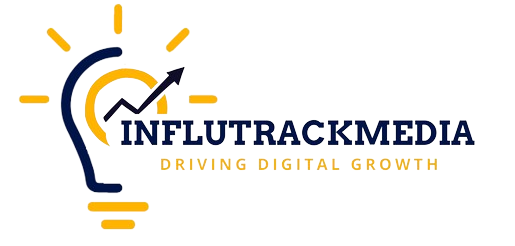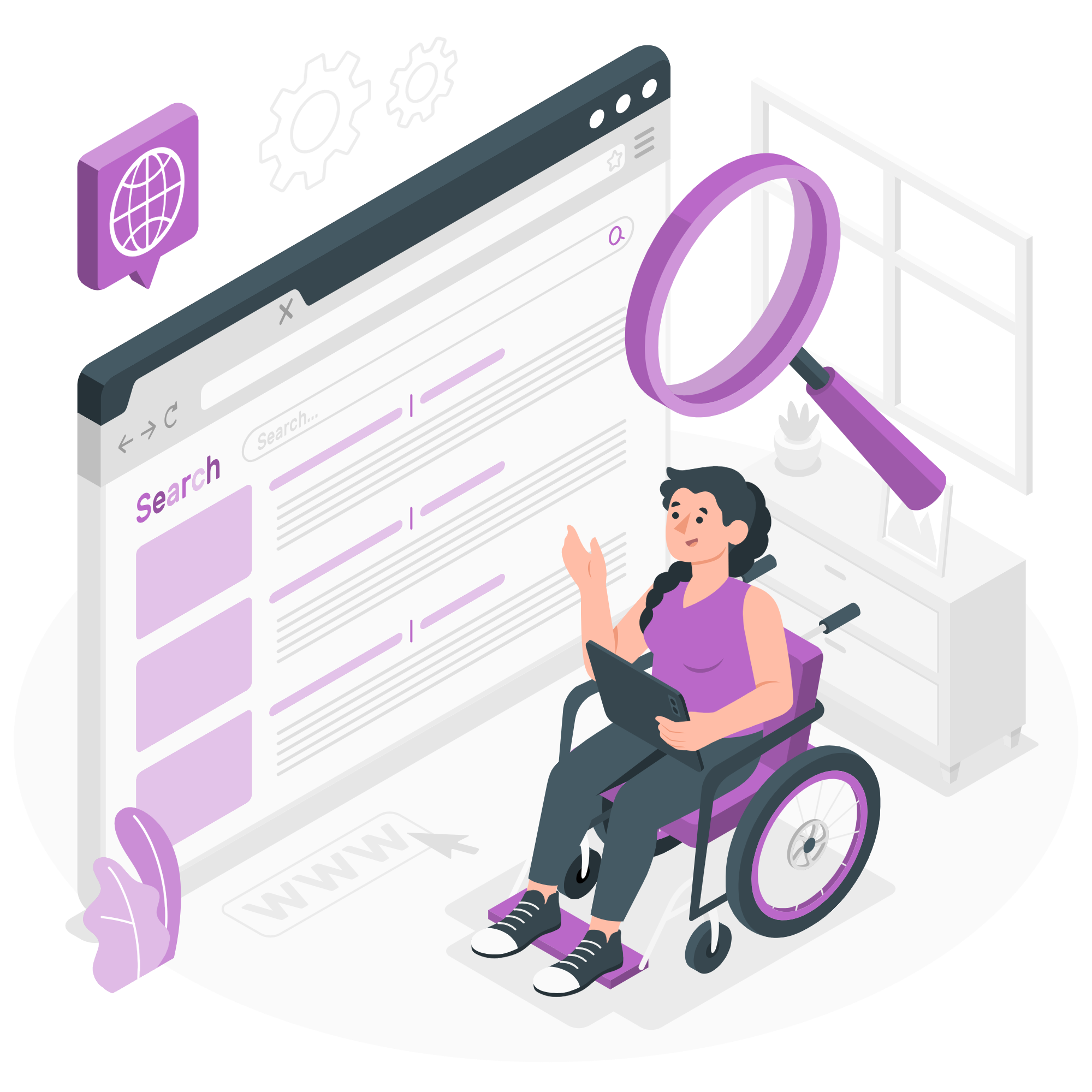In today’s digital age, the world wide web has become the cornerstone of modern civilization. From personal blogs to multinational e-commerce platforms, websites have become indispensable tools for communication, commerce, and information dissemination. Behind every website lies the intricate world of web development, a field that blends creativity, technology, and problem-solving. In this comprehensive guide, we’ll embark on a journey through the diverse landscape of web development, exploring its key components, technologies, and best practices.
Understanding Web Development:
At its core, web development encompasses the process of building, creating, and maintaining websites. It involves a spectrum of tasks, including web design, content creation, server-side scripting, client-side scripting, and network security configuration. Web developers leverage a variety of programming languages, frameworks, and tools to bring web projects to life.
Frontend Development:
Frontend development focuses on the user-facing aspects of a website. It involves crafting the layout, design, and interactivity of web pages to ensure an intuitive and engaging user experience. Key technologies in frontend development include:
- HTML (Hypertext Markup Language): The foundation of web pages, HTML defines the structure and content of a website.
- CSS (Cascading Style Sheets): CSS is used to style HTML elements, controlling aspects such as layout, color, and typography.
- JavaScript: JavaScript adds interactivity and dynamic behavior to web pages, enabling features like animations, form validation, and AJAX requests.
- Frontend Frameworks: Frameworks like React, Vue.js, and Angular provide developers with pre-built components and tools to streamline the development process.
Backend Development:
Backend development involves the server-side logic and databases that power websites. It focuses on handling data processing, user authentication, and server-client communication. Key technologies in backend development include:
- Server-Side Languages: Languages like Python, PHP, Ruby, and Node.js are commonly used for backend development.
- Databases: SQL databases (e.g., MySQL, PostgreSQL) and NoSQL databases (e.g., MongoDB, Redis) are used to store and retrieve data.
- Server Frameworks: Frameworks like Django (Python), Laravel (PHP), Ruby on Rails (Ruby), and Express.js (Node.js) provide tools for building robust server-side applications.
Full-Stack Development:
Full-stack development combines frontend and backend development skills, allowing developers to work on both the client and server sides of a web application. Full-stack developers are proficient in a wide range of technologies and frameworks, enabling them to build end-to-end solutions independently or as part of a team.
Best Practices and Tools:
In the ever-evolving world of web development, staying abreast of best practices and tools is crucial for success. Some key principles and tools include:
- Responsive Design: Designing websites that adapt seamlessly to different screen sizes and devices.
- Performance Optimization: Optimizing website performance by minimizing load times and optimizing code.
- Version Control: Using version control systems like Git for tracking changes and collaborating with other developers.
- Testing and Debugging: Employing testing frameworks and debugging tools to ensure code quality and reliability.
- Security Measures: Implementing security protocols and best practices to protect against vulnerabilities and attacks.
Conclusion:
Web development is a multifaceted discipline that continues to evolve alongside technological advancements and changing user expectations. Whether you’re a seasoned developer or just starting your journey, embracing lifelong learning and keeping pace with industry trends is key to thriving in this dynamic field. By mastering the fundamentals, exploring new technologies, and fostering a collaborative mindset, you can embark on a fulfilling career in web development and contribute to shaping the future of the web.

